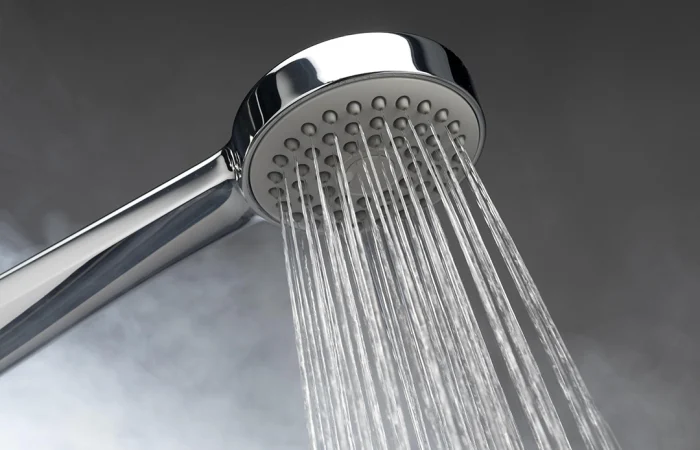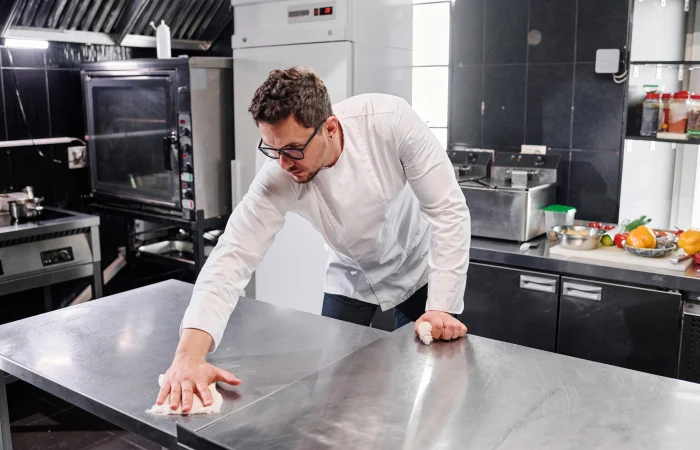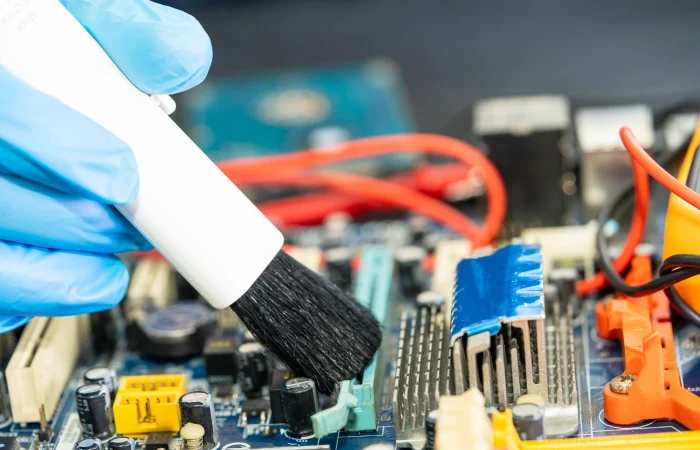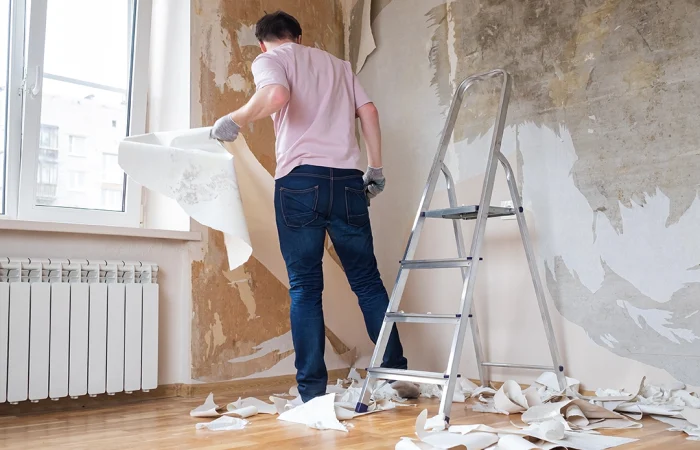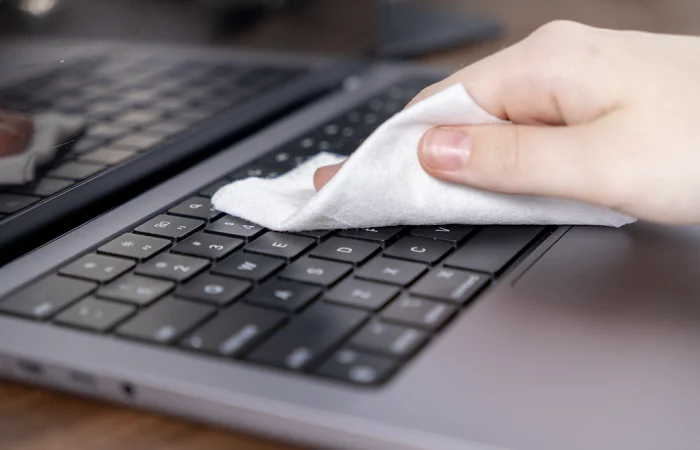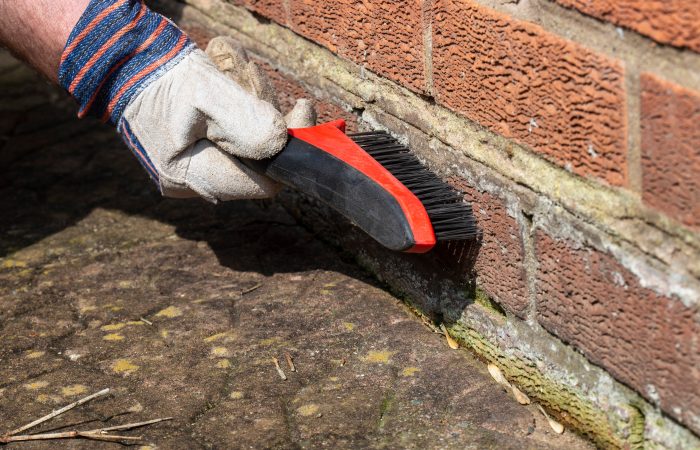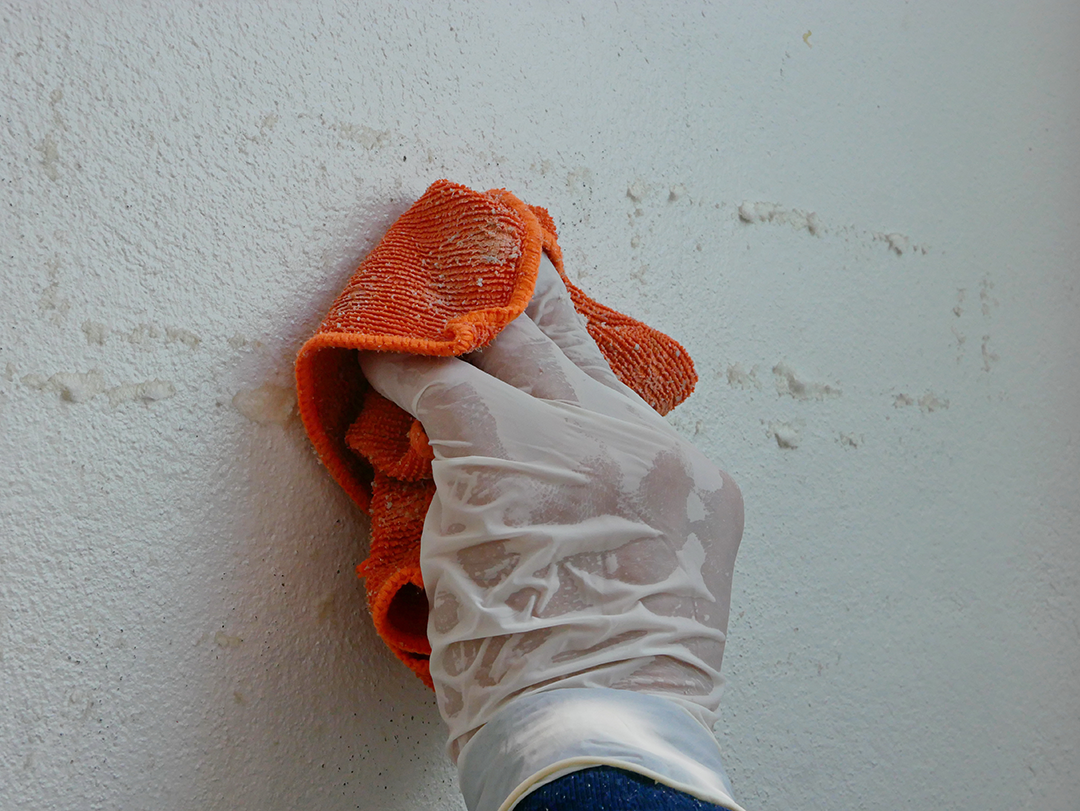Is your shower drain clogged? Here’s how you can solve it yourself
You step into the shower and suddenly you see that the shower drain is clogged and the water does not drain. The drain fills slowly and after a few minutes you are standing with your ankles in the water. A clogged shower drain is one of the most common problems in the bathroom. It occurs […]


